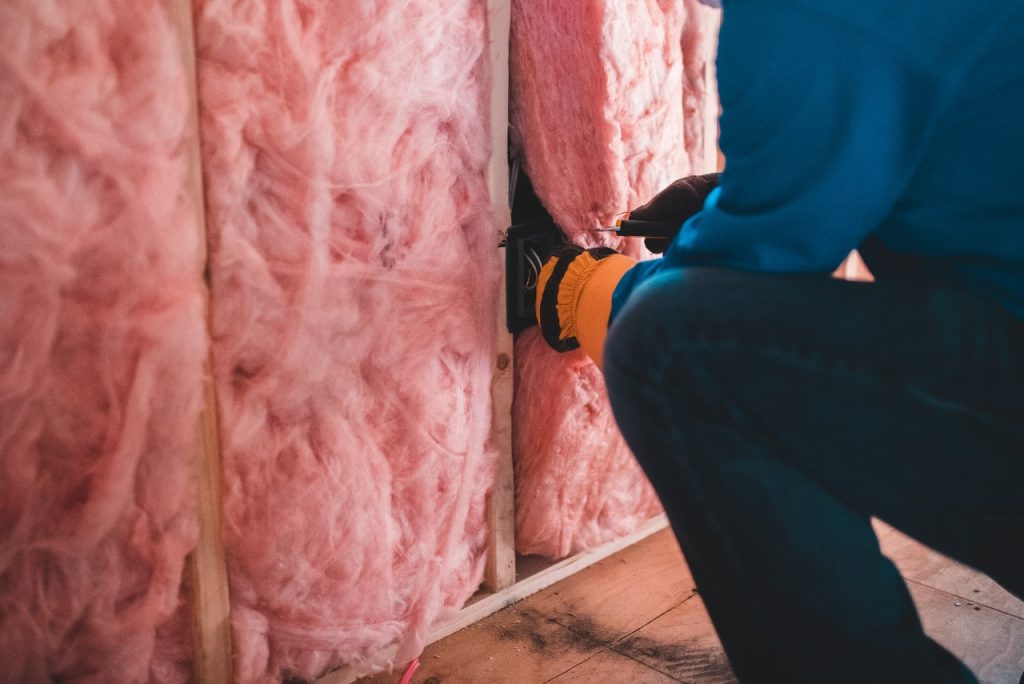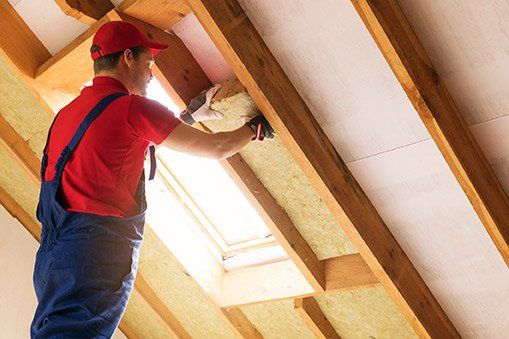
Home insulation plays a crucial role in enhancing energy efficiency, reducing utility costs, and maintaining a comfortable living environment throughout the changing seasons. By minimizing heat transfer between the interior of a home and the external environment, effective insulation not only keeps homes warmer in the winter and cooler in the summer but also contributes significantly to reducing carbon footprints. With a variety of materials and techniques available, understanding the best options for your specific home can lead to substantial benefits in energy savings and overall home health.
As homeowners increasingly seek sustainable solutions, the importance of proper insulation has gained prominence in the conversation about eco-friendly building practices. Whether you are constructing a new home or renovating an existing one, this guide will explore the different types of insulation materials, their respective pros and cons, and offer practical tips on how to properly insulate your space. By making informed choices about insulation, you can ensure long-term comfort and efficiency while making a positive impact on the environment.

Types of Insulation Materials
There are several insulation materials available, each offering unique benefits and drawbacks. Common options include fiberglass, foam board, and spray foam insulation. Fiberglass insulation is widely used due to its cost-effectiveness and ease of installation, while foam board provides a high insulation value with a thinner profile, making it ideal for tight spaces. Spray foam insulation is known for its superior air sealing capabilities, although it can be more expensive. Homeowners should consider their specific needs, budget, and the climate in their region when selecting materials. Consulting with Houston TX insulation professionals can help ensure the appropriate material and installation technique is chosen for optimal comfort and efficiency.
Practical Insulation Tips
When insulating your home, it is essential to address areas such as attics, basements, and crawl spaces, which typically account for the majority of heat loss. Proper sealing around windows and doors also plays a significant role in energy efficiency. Homeowners should regularly check for drafts and consider using weather stripping or caulk to improve insulation. Additionally, investing in high-quality insulation not only enhances energy performance but can also improve a home’s resale value, making it a wise long-term investment. By staying informed and proactive in insulation practices, you can create a more sustainable living environment while enjoying the benefits of lower energy costs.
In conclusion, home insulation is a foundational element in the quest for energy efficiency and a comfortable living space. As energy costs continue to rise and environmental concerns become more pressing, prioritizing insulation can yield significant dividends, not only in financial savings but also in the wellbeing of future generations. By carefully selecting the appropriate insulation materials and employing effective installation techniques, homeowners can mitigate energy loss, enhance indoor air quality, and contribute to a more sustainable planet. Ultimately, investing in quality insulation represents a commitment to both personal comfort and responsible living, ensuring that your home remains a sanctuary that balances ecological mindfulness with economic prudence.


